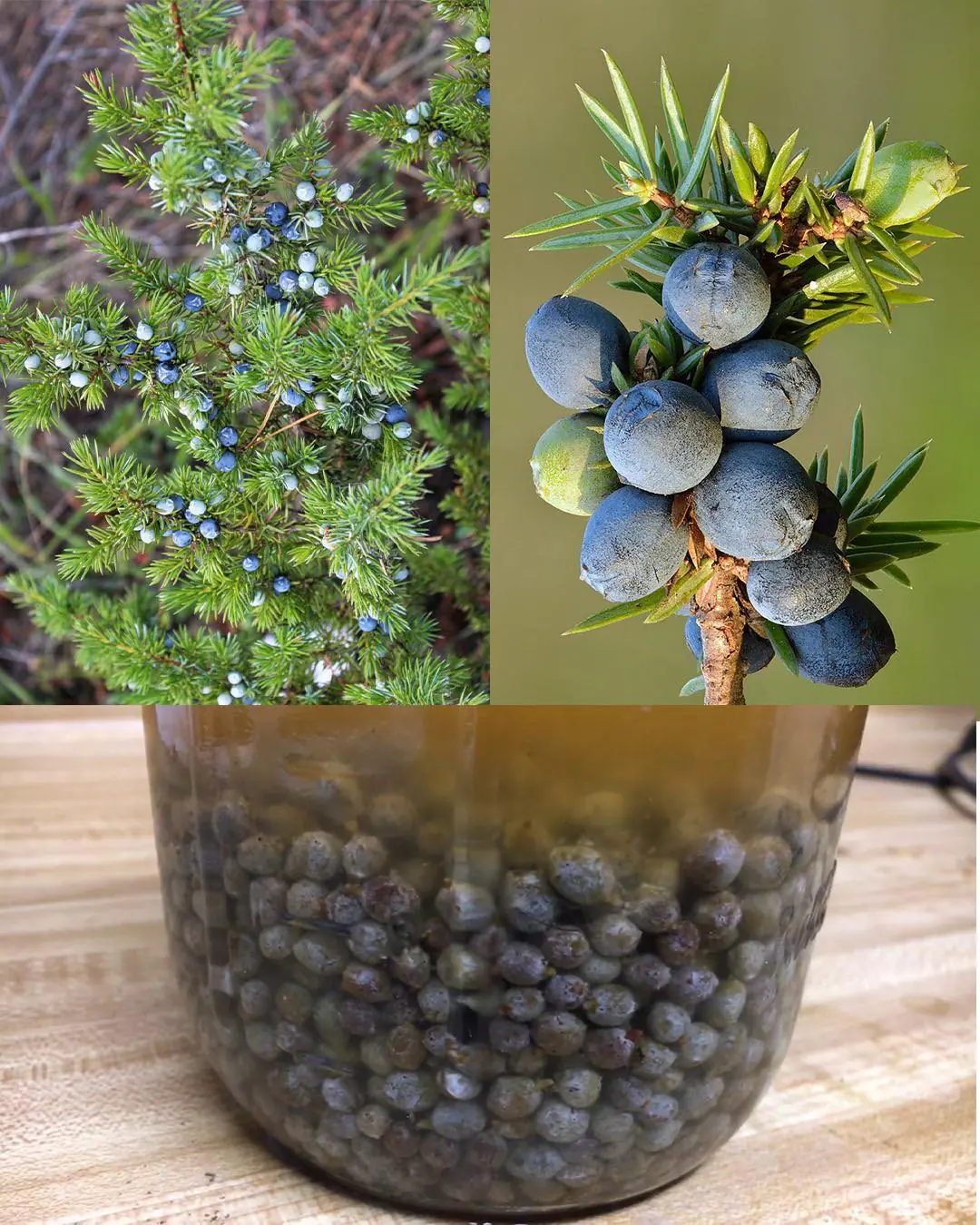
Swollen legs and edema are symptoms of what disease?
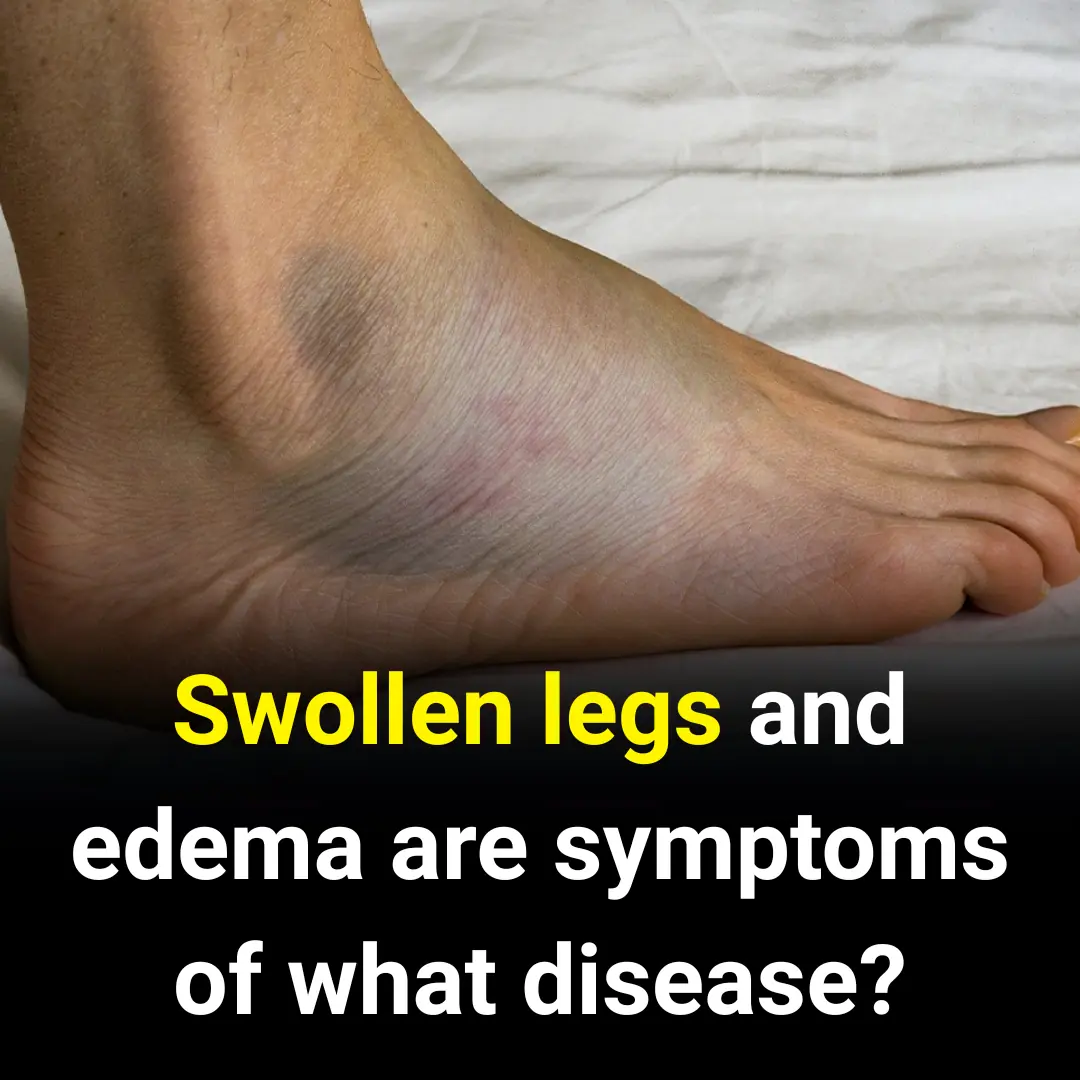
Swelling in the feet, ankles, or lower legs is often caused by fluid buildup or the body’s response to injury or infection.
Edema is a condition where excess fluid is retained in body tissues, causing swelling—commonly in the feet, ankles, and lower legs. It may be due to injury or inflammation. Swelling can make walking difficult, so identifying the cause is important for timely treatment.
Here are some common causes of swelling and edema in the legs:
-
Pregnancy
-
Swelling in the legs is common during pregnancy due to factors like natural fluid retention, increased pressure on veins from an expanding uterus, and hormonal changes.
-
Pregnant women often experience more swelling in the evening, especially after long walks. Swelling in the feet and ankles usually starts from the fifth month of pregnancy and resolves after childbirth.
-
Sudden or severe swelling in the ankles, hands, or face could be a sign of preeclampsia, a serious condition marked by high blood pressure and protein in the urine, usually occurring after the 20th week.
-
To prevent swelling: avoid standing for long periods, elevate your feet when sitting, wear comfortable shoes (avoid high heels), wear compression socks or stockings, and sleep on your left side.
-
If the swelling is painful, see a doctor to check blood pressure and rule out preeclampsia or other conditions.
-
-
Bursitis
-
Bursitis occurs when the fluid-filled sacs around joints become inflamed, causing pain and swelling.
-
It is common among older adults and people who overuse joints, such as athletes or those with physically demanding jobs.
-
It can occur in any joint with a bursa, but is most common in the legs, knees, and ankles.
-
Treatment includes pain relievers, ice packs, and rest. More serious cases may require corticosteroids or antibiotics if infection is present.
-
-
Chronic venous insufficiency
-
This condition occurs when vein valves are damaged from prolonged standing or sitting, affecting blood flow from the legs to the heart.
-
It leads to blood pooling in leg veins and causes swelling.
-
Prevention includes: avoiding long periods of standing/sitting, doing foot and ankle exercises, elevating the legs, walking regularly, maintaining a healthy weight, and wearing compression stockings.
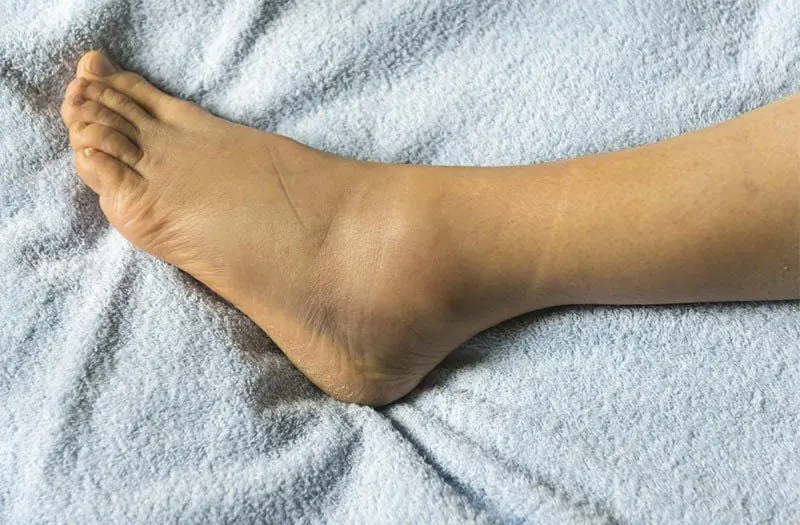
-
-
Diabetes
-
Diabetes affects blood sugar control, which can lead to poor circulation and fluid buildup in the lower legs.
-
Chronic circulation problems may also damage foot nerves, causing injuries and swelling.
-
To reduce swelling: wear compression socks, exercise regularly, elevate legs while sleeping, lose weight, reduce salt intake, and soak feet in Epsom salt (under doctor supervision).
-
-
Gout
-
Caused by uric acid buildup in the blood, gout leads to swelling in affected joints—especially the big toe.
-
Flare-ups typically last 3 to 10 days.
-
Treatment includes NSAIDs or corticosteroids to prevent flare-ups. Apple cider vinegar and tart cherry juice may help relieve symptoms, but consult a doctor for severe cases.
-
-
Kidney disease
-
Poor kidney function can cause excess salt buildup in the blood.
-
The body retains fluid, leading to swelling in the feet and ankles.
-
Other symptoms may include: trouble concentrating, loss of appetite, fatigue, sleep issues, muscle cramps, dry itchy skin, frequent urination, nausea, and vomiting.
-
Treatment may involve diuretics, blood pressure medications, cholesterol-lowering drugs, calcium and vitamin D supplements.
-
-
Injury
-
Swelling in the feet, ankles, or lower legs may result from inflammation due to acute or chronic injury.
-
Blood rushes to the injured area, causing swelling.
-
Common injuries include sprains, fractures, or tendon tears.
-
Use ice packs (up to 20 minutes at a time), compression bandages, elevate the leg (especially at night).
-
Depending on severity, doctors may prescribe painkillers, braces, or surgery.
-
-
Lymphedema
-
Caused by damage or removal of lymph nodes (often during cancer treatment), leading to fluid retention and swelling in the feet and ankles.
-
Other symptoms: tight or heavy feeling, limited mobility, aches, and recurring infections.
-
Though not curable, it can be managed by reducing pain and swelling. Severe cases may require surgery. Light exercises, elevation, and massage are often recommended.
-
-
Rheumatoid arthritis (RA)
-
An autoimmune condition where the immune system attacks the lining of the joints.
-
Fluid builds up around joints, causing swelling and potential permanent damage.
-
Symptoms also include joint pain, stiffness, fatigue, fever, and anemia.
-
Treatment may involve corticosteroids, NSAIDs, and physical therapy.
-
News in the same category

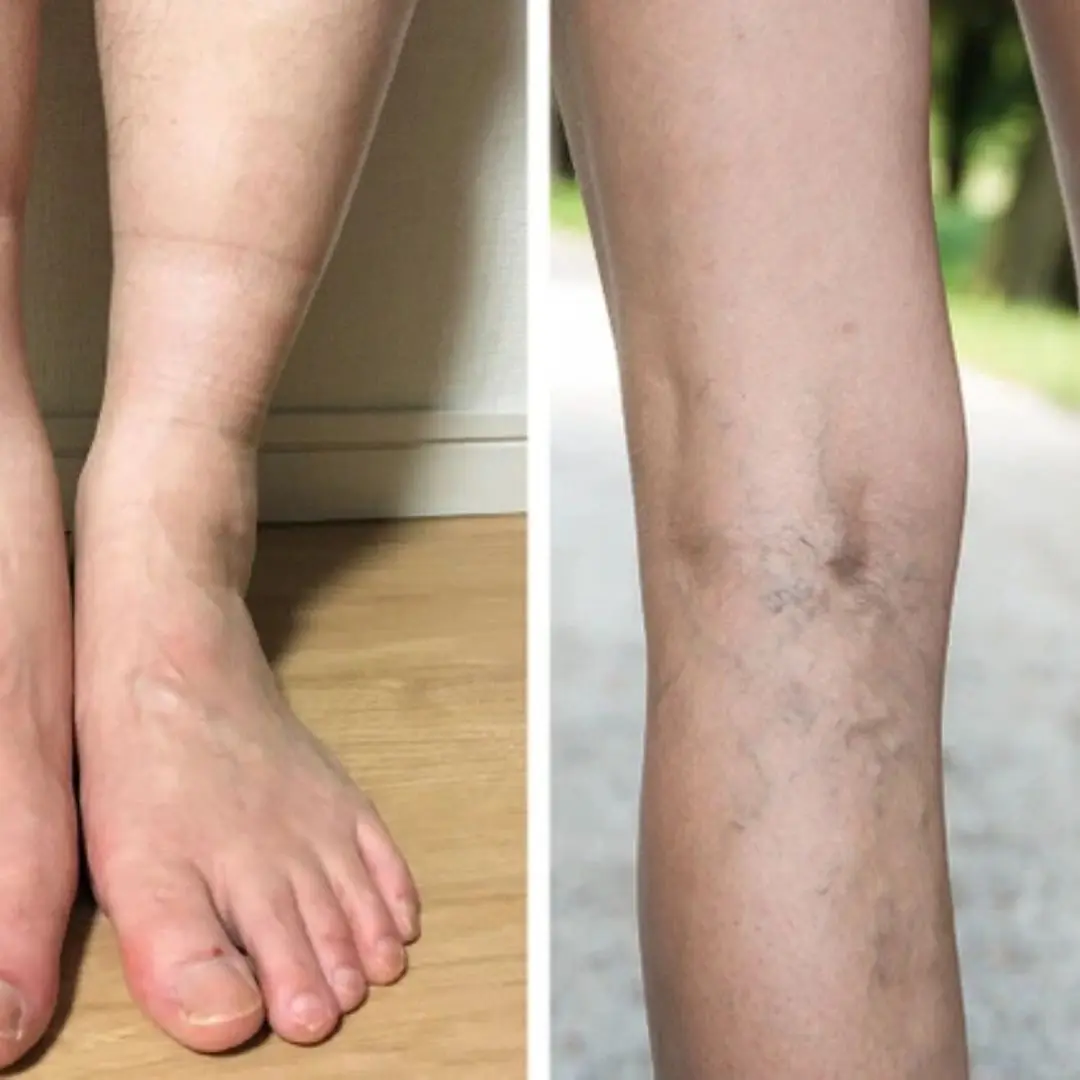
4 Health Problems Your Feet Could Be Telling You Through Sock Marks

A 52-Year-Old Woman Di.ed from a Stro.ke: Middle-Aged People, Stop Doing These 7 Things

Banana Flower Superfood: Juice, Recipes & Powerful Health Benefits You Didn't Know About
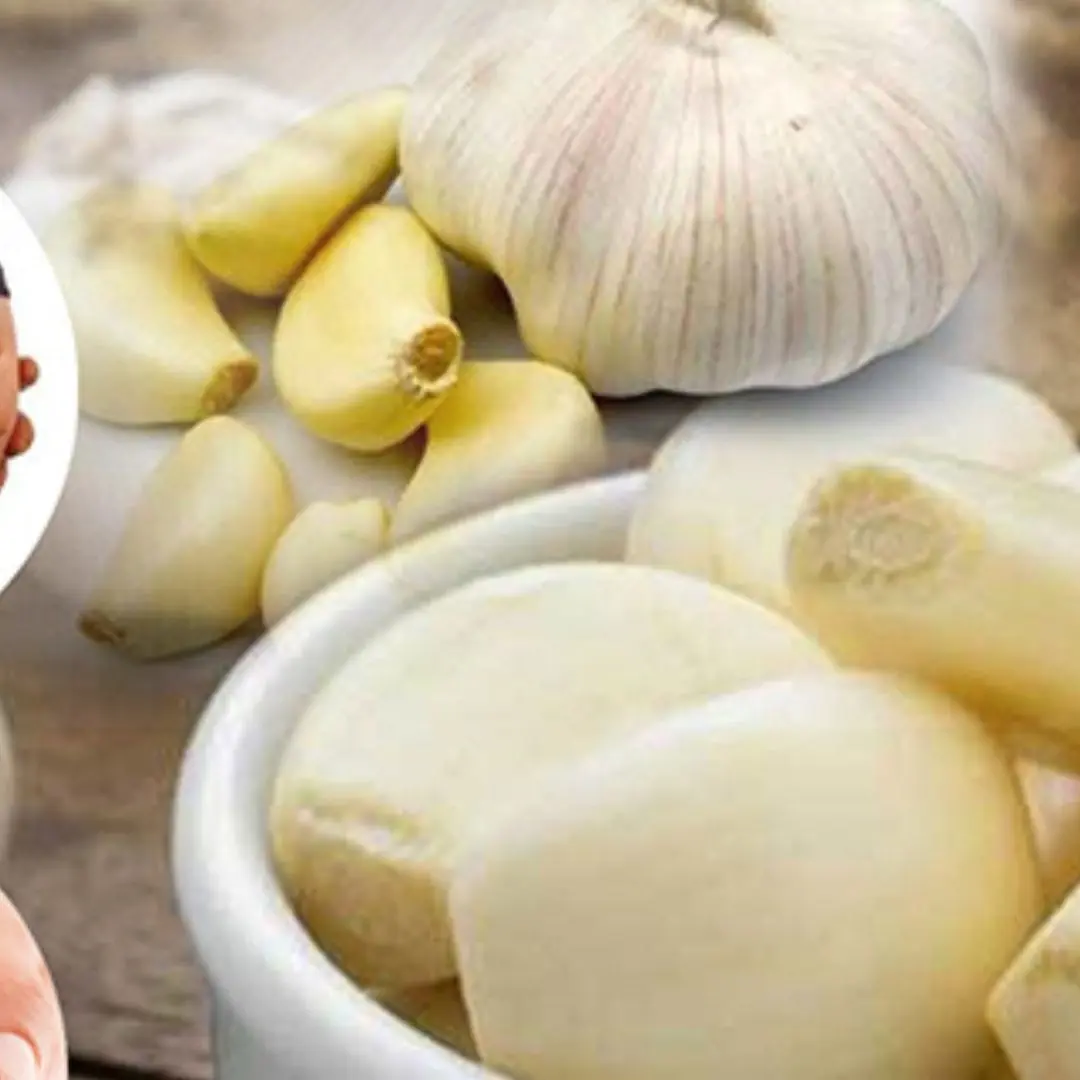
Eating garlic is very good, but for these 4 groups of people, don't touch it

Gallstones are a common disease, affecting 8-10% of the population. Here are the symptoms and treatments

Important News for Everyone Who Loves a Daytime Nap

A 62-Year-Old Man Developed Col.on Can.cer Due to 3 “Har.mless” Daily Habits That Many People Have

Preventing Stroke At Any Age: 3 “Don’ts” After Meals—And 4 “Don’ts” Before Bed
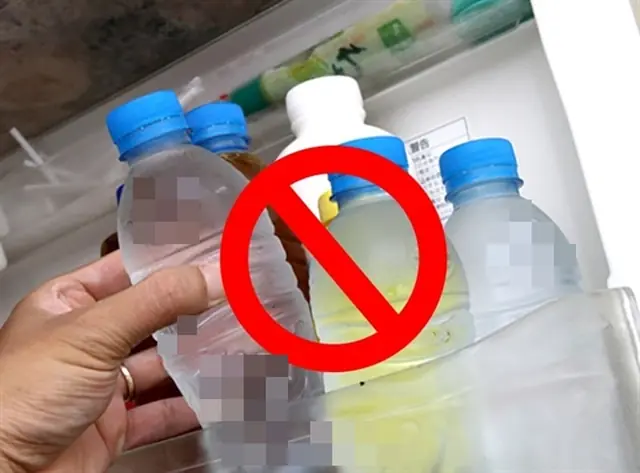
Stop using these bottles and containers for food storage
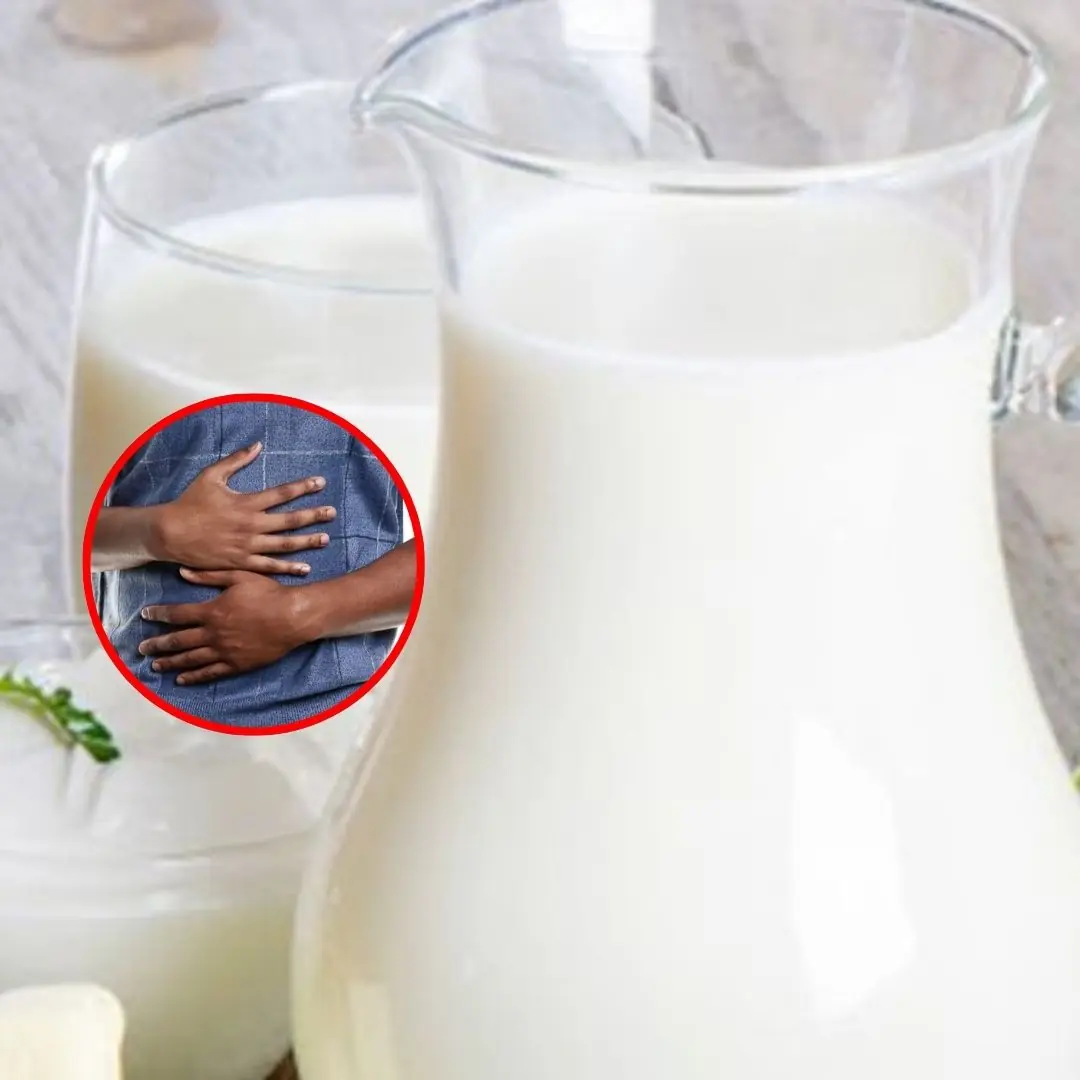
10 Foods You Should Never Eat on an Empty Stomach

4 Types of Itching That May Signal Can.cer Cells Are “Eating Away” at the Body

25-Year-Old Groom Dies from Acute Liver Failure After Eating Chicken
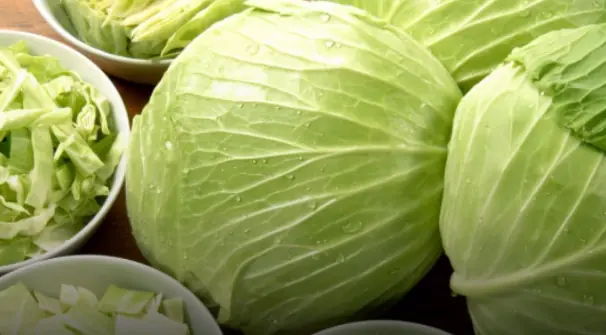
4 types of people who should avoid eating cabbage
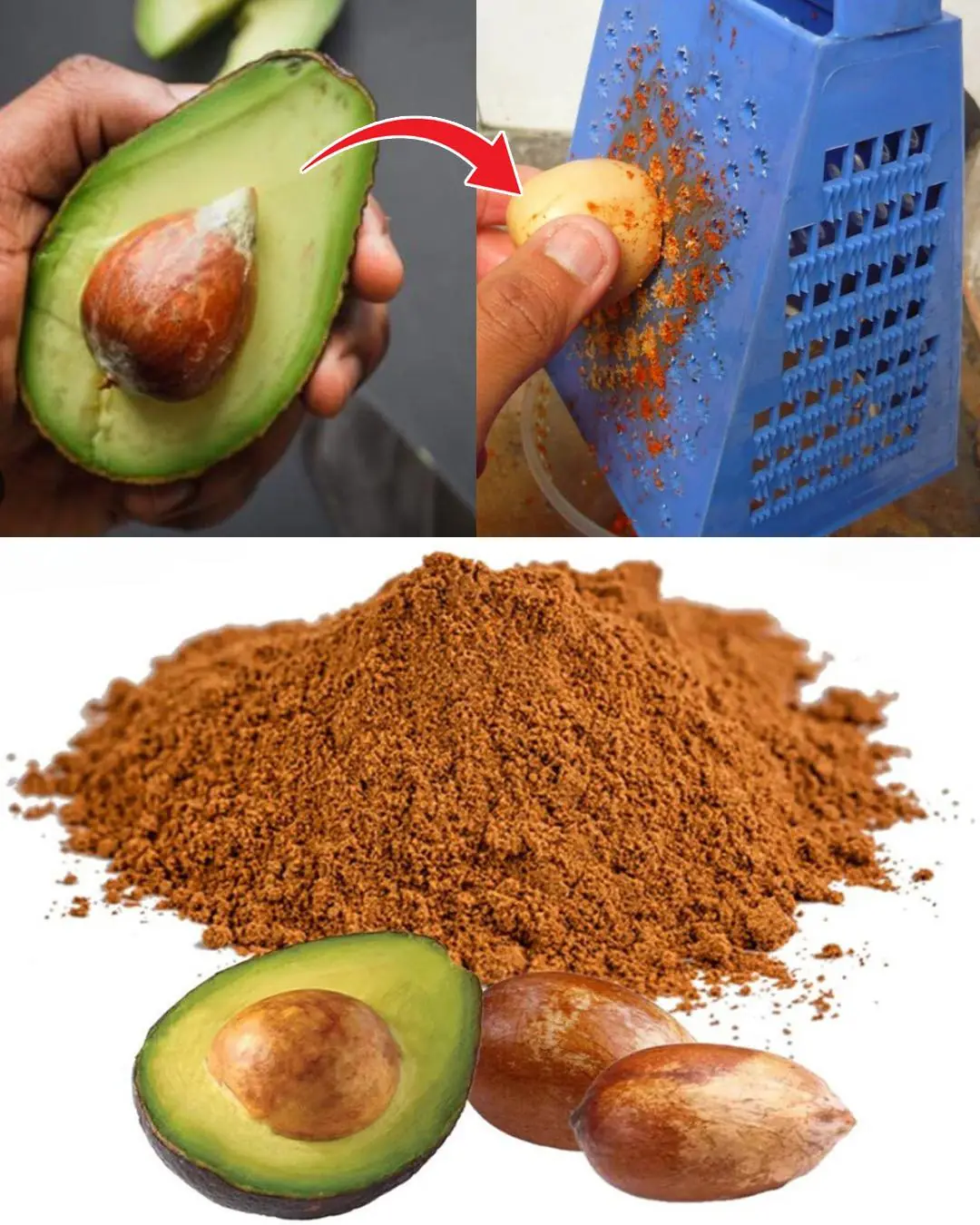
Don’t throw away avocado pits

Spotting this plant in your garden is like discovering hidden gold — whatever you do, don’t throw it away!

Recognizing mini-str.oke symptoms: A crucial step in str.oke prevention

My MIL Clogged Our Only Toilet During Thanksgiving Dinner, Then Left Without Saying a Word – So on Christmas I Taught Her a Lesson
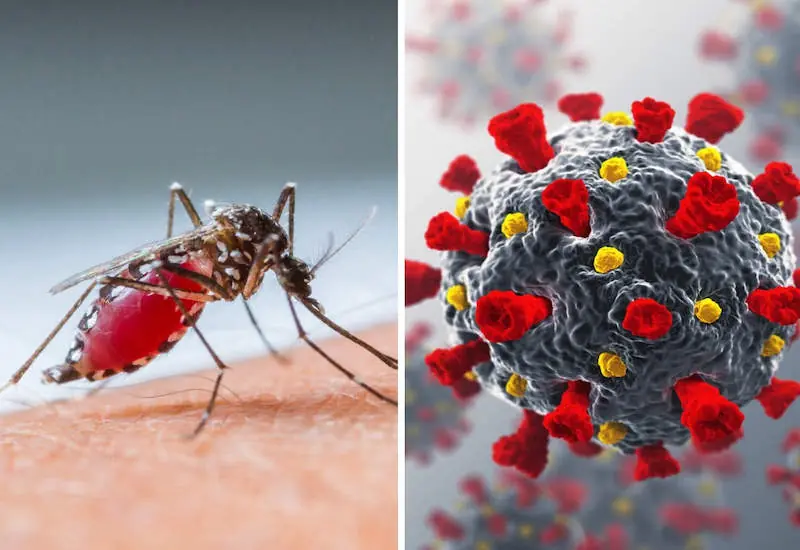
7 Foods You Must Avoid When You Have Dengue Fever

4 Dishwashing Habits Everyone Should Stop Immediately!
News Post

Juniper: 20 remarkable benefits and how to use it

My Sister Wore a Wedding Dress to My Wedding Because She Thought I'd Upstage Her – So I Taught Her a Lesson She'll Never Forget

4 Health Problems Your Feet Could Be Telling You Through Sock Marks

My Father Burst Into the Church and Shouted, 'The Wedding Is Canceled!' – I Went Pale When I Learned Why

Father of My Baby Mocked Me for Picking $3 Buns for Dinner at the Grocery Store — Next Moment, My Future Was Rewritten

A 52-Year-Old Woman Di.ed from a Stro.ke: Middle-Aged People, Stop Doing These 7 Things

If Your Parent Shows These 4 Signs, They May Be Nearing the End of Life. Prepare Yourself for What’s to Come

When the Toughest Table Listened: The Boy Who Needed Heroes

My Stepmom Destroyed My Late Mom’s Prom Dress – But She Never Expected My Father Would Teach Her a Lesson

The Silent Party: When My Twin Grandmas Turned 100 And Locked Us Out Of Their World

I Overheard My Mother-in-Law Talking on the Phone — and What She Said About Me Changed Everything
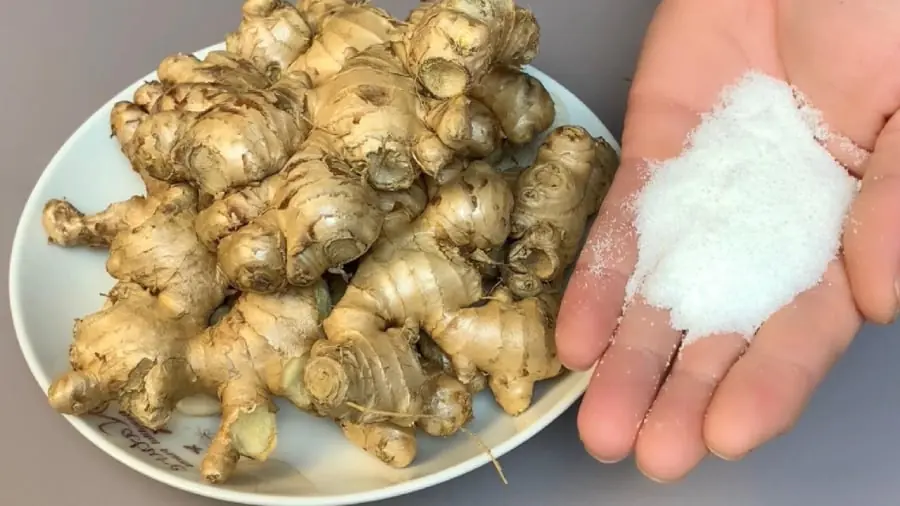
Tips to Keep Ginger Fresh All Year Without Sprouting — Fragrant and Firm Like New

Banana Flower Superfood: Juice, Recipes & Powerful Health Benefits You Didn't Know About

Eating garlic is very good, but for these 4 groups of people, don't touch it

Rich Neighbor Built a Fence on My Property and Blocked My Windows While I Was on Vacation — I Taught Him a Perfect Lesson

Gallstones are a common disease, affecting 8-10% of the population. Here are the symptoms and treatments

My DIL Kicked Me Into a Shelter While My Son Was Away on a Business Trip – But She Never Expected Him to Find Out

I Disguised Myself as Homeless and Walked Into a Huge Supermarket to Choose My Heir

Add One Small Step to Keep It Fresh and Sweet for a Whole Year
